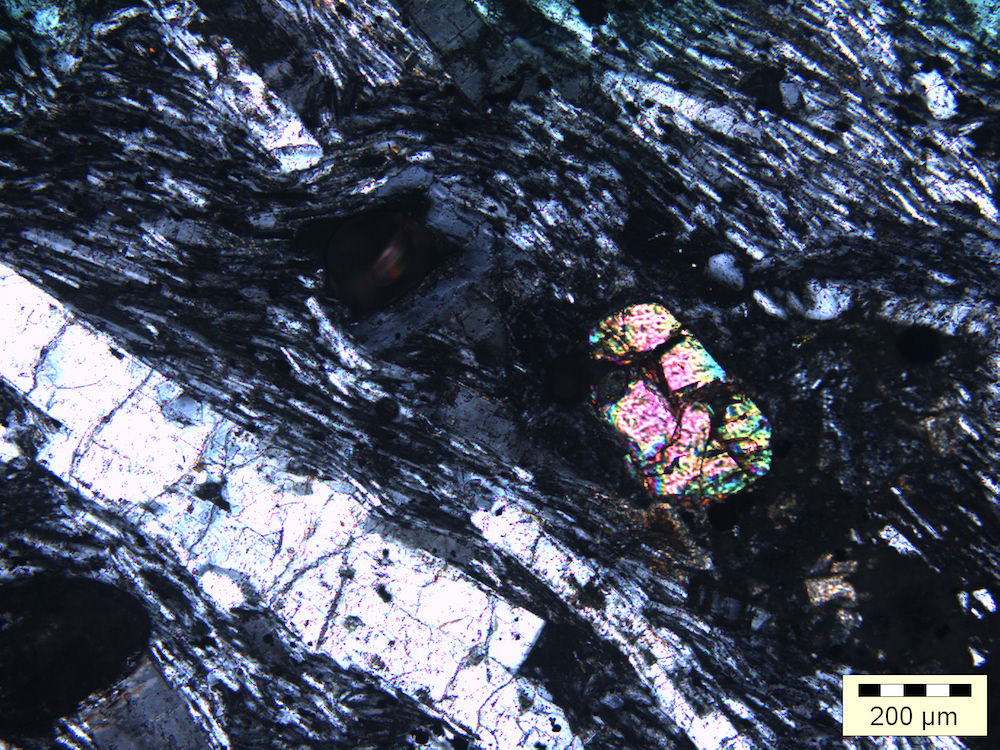Researchers Confirm Existence Of A 'Lost Continent' Beneath African Island Of Mauritius
A new research has confirmed the existence of a 3-billion-year-old "lost continent" lurking under the African island of Mauriti...

A new research has confirmed the existence of a 3-billion-year-old "lost continent" lurking under the African island of Mauritius.
The researchers have found zircons and many other rocks in the study. Zircons are the bright and shining flecks of rocks from Mauritius. They are billions of years old and belong to one of the earliest eras in Earth's history. The other rocks discovered on the island are around 9 million years old.
Lewis Ashwal who is the lead author of this study and a geologist at the University of the Witwatersrand, Johannesburg in South Africa says,
"The fact that we have found zircons of this age proves that there are much older crustal materials under Mauritius that could only have originated from a continent."
The freckle of 3 billion years old iridescent zircon embedded inside a 6 million year old trachyte.
The Earth’s crust is composed of two parts namely the ocean basins and the Earth’s continents. The continents are situated high above the ocean and are made up of lighter rocks such as granite. Whereas the ocean basins are situated at much lower levels as they are composed of much denser rocks such as basalt.
The continent crust could be 4 billion years old but the oceanic crust was formed much later. And mid-ocean ridges are continuously being formed as the molten rock comes out through fissures in the ocean floor.
Conventionally, it is said that the island of Mauritius occurred through volcanic activity that originated from of these mid-ocean ridges implying older crust shouldn't be present.
However, this new study shows that a small fragment of an ancient continent may have been left behind when the supercontinent Gondwana had split apart. This ancient supercontinent had split into America, Africa, India, Madagascar, Australia and Antarctica over 200 million years ago. Then, the origination of the island covered the prehistoric rock in the subsequent layers of cooled lava, creating this huge island as being seen today.
(Video credits: Wits University OFFICIAL)
Lewis Ashwal explained,
"According to the new results, this breakup did not involve a simple splitting of the ancient supercontinent of Gondwana, but rather a complex splintering took place, with fragments of continental crust of variable sizes left adrift within the evolving Indian Ocean basin."
These findings support the findings of a study conducted in 2013. In that study, the traces of ancient zircons were discovered in beach sand on the much younger island. The critics argue that this zircon may have gotten there through trade winds or someone's shoes. But Ashwal says that the new study findings show that the zircons were embedded in the 6-million-year-old rock called trachyte thus it wouldn’t have been carried through the wind.
Popular News
Brain-Stimulating Activities Could Help Prevent Mental Decline In The Elderly
A new study finds that older adults can prevent their risk of developing memory-related problems by engaging in brain-stimulati...
8 years ago
Still Unfold
2 Mile Crack Opens Up In The Middle Of Arizona Desert
A two mile long crack has been discovered in the desert of Arizona. The Arizona Geological Survey is monitoring this crack. Rece...
8 years ago
Still Unfold
Bat Bot- The Acro'Bat'ic Robot That Mimics Bat's Flying Maneuvers
Can you imagine a robot that can jump and fly without causing any damage to objects or people gliding smoothly through the air? ...
8 years ago
Still Unfold










